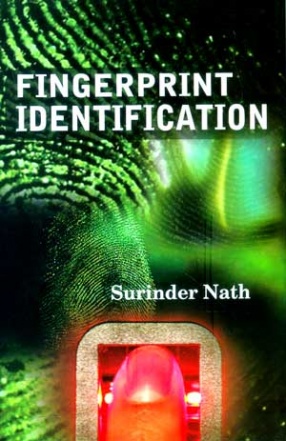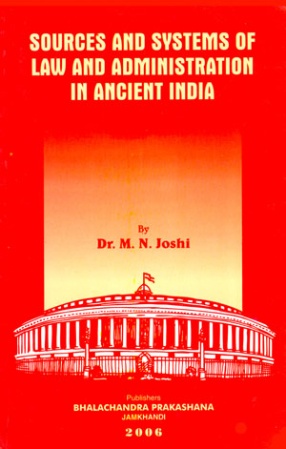Bestseller
Fingerprint Identification
Synopsis
The present book “Fingerprint Identification” is an endeavour to put certain vital facts regarding fingerprints, their formation, pattern types, classification, characteristic features, scene of crime prints, comparison and their relevance at one place for easy comprehension.
There are five chapters in the book. The first chapter describes the history of the use of fingerprints for the purpose of identification, the biological basis of their formation, besides their importance in identification.
The second chapter delineates distinctive features of fingerprints, like pattern area, type lines, core and delta formation, etc. pattern types, their formation and identification. The third chapter describes the famous the Digital Classification of fingerprints for maintenance of records.
The fourth chapter describes the importance of chance prints, their types and formation. It further highlights the various methods (physical and chemical) for developing latent prints found at the scene of crime. The last chapter explains the importance of ridge characteristics and the role they play in the procedure of comparison of complete or partial fingerprints recovered from the scene of crime with that of the suspects.
The knowledge implanted in the five chapters of this book would be of enormous significance to police officers, practicing lawyers, researchers, graduate and post graduate students of forensic science, civil servants, administrators and the ones fascinated to be acquainted with fingerprint science, who wish to acquire knowledge on the use of fingerprints for personal identification.
Read more
There are five chapters in the book. The first chapter describes the history of the use of fingerprints for the purpose of identification, the biological basis of their formation, besides their importance in identification.
The second chapter delineates distinctive features of fingerprints, like pattern area, type lines, core and delta formation, etc. pattern types, their formation and identification. The third chapter describes the famous the Digital Classification of fingerprints for maintenance of records.
The fourth chapter describes the importance of chance prints, their types and formation. It further highlights the various methods (physical and chemical) for developing latent prints found at the scene of crime. The last chapter explains the importance of ridge characteristics and the role they play in the procedure of comparison of complete or partial fingerprints recovered from the scene of crime with that of the suspects.
The knowledge implanted in the five chapters of this book would be of enormous significance to police officers, practicing lawyers, researchers, graduate and post graduate students of forensic science, civil servants, administrators and the ones fascinated to be acquainted with fingerprint science, who wish to acquire knowledge on the use of fingerprints for personal identification.
23.40
21.06
$
26.00 $
Free delivery Wolrdwidе in 10-18 days
Ships in 1-2 days from New Delhi
Membership for 1 Year $35.00
Get it now and save 10%
Get it now and save 10%
BECOME A MEMBER
Books by the same author










Bibliographic information